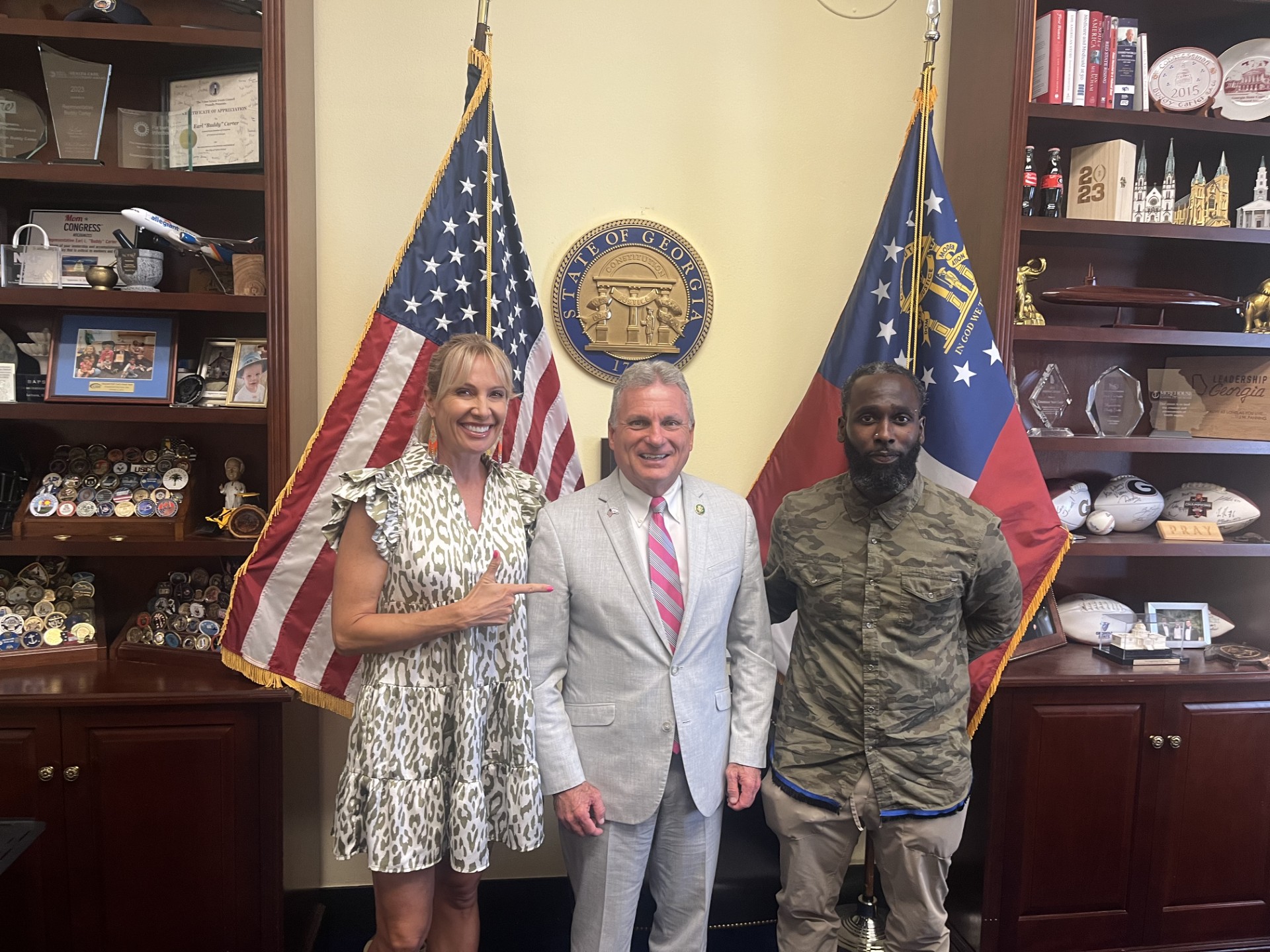NEW YORK CITY – At the 2023 BMO Farm to Market Conference, new seafood production techniques, expanded use of greenhouses, upcycling opportunities and more were on the menu.
BMO hosted the 18th iteration of the BMO Farm to Market Conference May 17 and May 18 at the Lotte New York Palace in New York City and brought together key stakeholders from across the global food and agriculture value chain to meet and discuss major issues facing the food industry, including economic conditions, consumer demand for sustainability, and more.
BMO invited The Food Institute to attend, and here are four key takeaways from the event:
M&A Market Seen to be Stabilizing in 2023
Although M&A slowed over the past 12 months, the market remained alive and well with opportunities for many.
That’s according to Amit Melwani, BMO managing director of Food, Consumer & Retail M&A, who gave a presentation on the current demand for mergers and acquisitions. He said 2022 featured increased volatility and followed a historic 2021; that said, markets were stabilizing albeit at higher costs.
He noted the total number of deals were down, but strategics were working on larger deals in 2023. Private equity continued to complete smaller deals with a similar number of total deals. Of note, value was available for sellers if they had a strong asset available for sale.
He noted that many dealmakers were more focused on cashflows now, and that earnout provisions were on the rise with money being paid as milestones were hit.
Melwani noted BMO remained cautiously optimistic about positive momentum for M&A for the remainder of 2023.
Opportunities Abound for CEA
Changing climate conditions and a growing global population are providing opportunities for controlled environment agriculture (CEA). These themes and more were discussed in a panel hosted by BMO Capital Markets managing director of diversified industry group Andrew Warkentin.
GoodLeaf Farms president and CEO Barry Murchie explained that CEA operations could improve food sovereignty in nations like Canada.
“When you look at the dynamics of Canada, 80% to 90% of leafy greens are imported and primarily that’s from California and Arizona…So when you take a look at what we’re doing in Canada, we’re really bending the curve around food sovereignty back in the direction of Canada and so we can take a look at what are the core needs.”
DelFrescoPure CEO Jamie D’Alimonte noted CEA provides benefits in the form of reduced transit time from growing operations to retailers. This resulted in fresher products on shoppers’ tables.
“We can touch basically most of the US in our 24 hour drive from our locations. So it really is on the table of the consumers within two days,” added D’Alimonte.
Fishing for Opportunities in the Seafood Space
The prospects of a growing global population and climate change played into a seafood industry panel discussion at the BMO Farm to Market Conference, as well, as three industry leaders spoke with BMO managing director Sean O’Donnell.
Bill Bien, CEO of Forever Oceans, explained that his company is developing off-shore fish farms that raised species better suited to warming waters.
“So as the world’s water temperatures increase, there are many species that will actually be threatened by that increase. For example, salmon, which only really grows optimally in the 14 to 17 degrees Celsius range. Already farms are shutting down in New Zealand because of this. Our fish grow better when the water is warm. And there’s about five or six species that do that,” he commented.
Consumers are also shifting locales when it comes to seafood consumption. Beaver Street Fisheries EVP Mark Frisch noted the North American consumer typically enjoyed seafood away-from-home before the pandemic; in the current day, consumers were more likely to cook seafood dishes at home.
“I’ve been in our family’s business for 20 years, and it’s been 20 years the same thing: people know don’t know how to cook it…now we’re really focused on high-quality seafood offerings and a very good price point and very easy to prepare with fresh ingredients,” he said.
When looking for new opportunities, North America was still on the top of the list. Although seafood consumption had increased 85% from 1960, there was plenty of room for growth.
Highliner Foods president and CEO Rod Hepponstall noted that a 1-lb. increase in per capita consumption in North America could lead to a little less than $1 billion in additional sales for the industry.
Refocusing on Reducing Food Waste
BMO Capital Markets Director of ESG Strategy Doug Morrow hosted a panel on food waste solutions, opportunities, and impacts on day two of the BMO Farm to Market Conference.
LOOP Mission director of finance Joelle Salzman noted Millennials and Gen Z were willing to pay up to 10% more for products made by ESG-centric companies, and retailers were taking notice.
“What’s interesting for us and what we’ve really seen over the last year is a shift in the behaviors of our direct customers to the retailers. And for the first time, we really see that retailers want to put brands on their shelf that will help them achieve their own sustainability goals,” she said.
Clinton Lewis Jr., CEO of AgroFresh, supported the notion that food companies were increasingly looking for partners to help them meet their carbon, emissions, and other ESG goals, as well.
He said ESG was once a “box to check,” but consumers were pushing for more ESG-focused principles. He noted that since the food industry remained largely fragmented, there was plenty of room to grow.
Ryan Begin, CEO and co-founder of Divert, noted an evolving regulatory environment would likely support upcycled, diverted, or recycled inputs in the years to come.
“There’s an evolution of regulations and it’s not just on food waste…we have about 17 years left in full capacity the entire U.S., which means we build more landfills or we do something more intelligent. As noted, food waste is 30% to 40% of what goes into a landfill. Probably one of the easiest to recycle products. We can recover the nutrients, the water, the energy put into it. And we can also learn more about what’s happening within that wasted food,” he said.
Editor’s Note: For more information on the conference, please visit BMO’s coverage portal.









